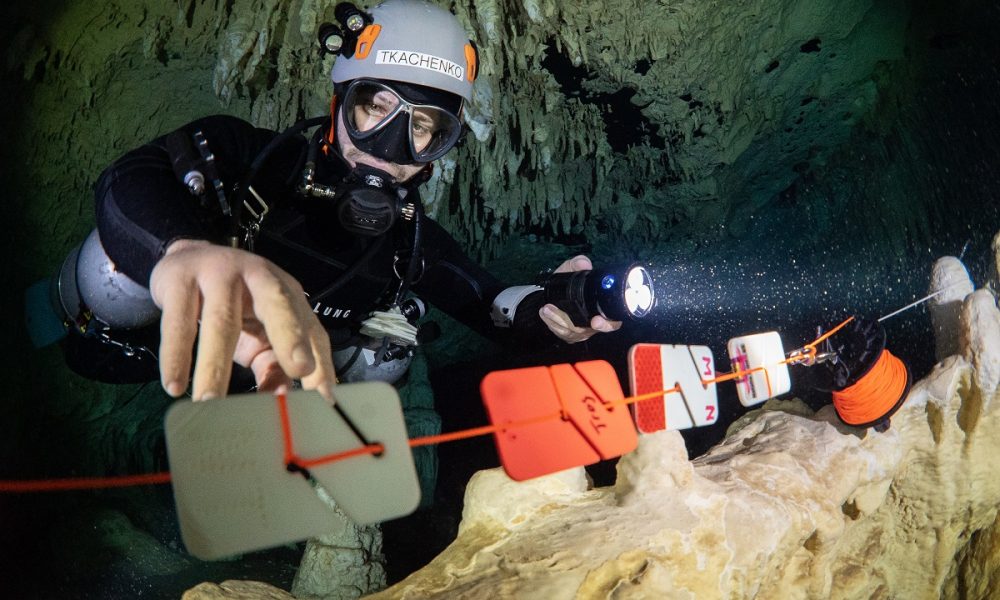Tonnerre de Brest
Registered
I use both cookies and REMs:
REMs for navigation (T’s, to tie jumps, etc)
Cookies for equipment marking (reels and spools).
You indeed have to make sure you place your REM in the right direction to avoid any confusion (my instructor highly insisted on that and put it in the wrong direction a lot on purpose during my course in order for us to always stay aware).
REMs for navigation (T’s, to tie jumps, etc)
Cookies for equipment marking (reels and spools).
You indeed have to make sure you place your REM in the right direction to avoid any confusion (my instructor highly insisted on that and put it in the wrong direction a lot on purpose during my course in order for us to always stay aware).






